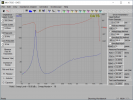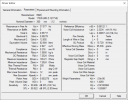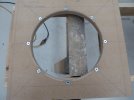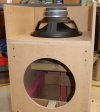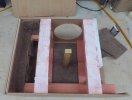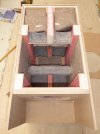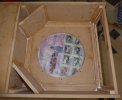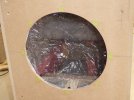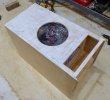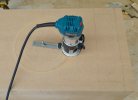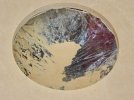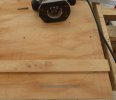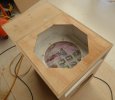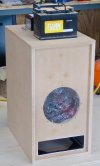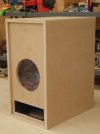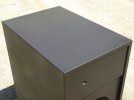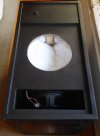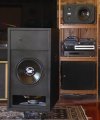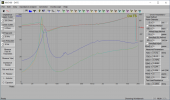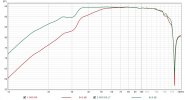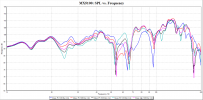kiwifi
Active Member
- Joined
- Apr 21, 2021
- Messages
- 235
- Likes
- 187
I am planning to build a passive version of the M&K (Miller & Kreisel) MX-5100 (a.k.a. MPS-5420SFSB) using a pair of genuine M&K, brand new (old stock) 17035 "Super Fast" 12" 8ohm drivers that I bought on eBay. The drivers cost 55USD each, but by the time they reach New Zealand they will have cost 150USD each.
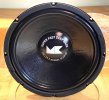
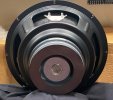

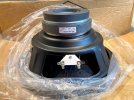
The MX-5100 was the largest 2 x12" sub that M&K made just before they went bankrupt. For that reason they are quite rare, but very well regarded. I'll be using the sub with an external amp and DSP rather than a built in plate amplifier.
The original cabinet (39cm x 61cm x 79cm) can be found for sale on eBay (search "MPS5160SF"), but shipping a 70lb cabinet to New Zealand is out of the question. The pictures however, were very useful in designing my own version. Note that the original cabinet uses 2x4 timber for internal bracing; this is not a small sub!

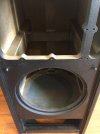
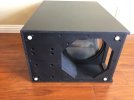
My cabinet design (SketchUp) uses two layers of 12mm MDF sandwiched (glued) together and 2x4 bracing similar to the original, but without the amplifier cutout. The internal dimensions started off as 40cm x 60cm x 80cm (192L) box. I have not calculated the internal volume minus bracing from the model yet, but I estimate it to be about 150L.
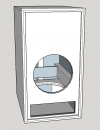

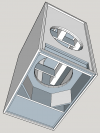
More to come...




The MX-5100 was the largest 2 x12" sub that M&K made just before they went bankrupt. For that reason they are quite rare, but very well regarded. I'll be using the sub with an external amp and DSP rather than a built in plate amplifier.
The original cabinet (39cm x 61cm x 79cm) can be found for sale on eBay (search "MPS5160SF"), but shipping a 70lb cabinet to New Zealand is out of the question. The pictures however, were very useful in designing my own version. Note that the original cabinet uses 2x4 timber for internal bracing; this is not a small sub!



My cabinet design (SketchUp) uses two layers of 12mm MDF sandwiched (glued) together and 2x4 bracing similar to the original, but without the amplifier cutout. The internal dimensions started off as 40cm x 60cm x 80cm (192L) box. I have not calculated the internal volume minus bracing from the model yet, but I estimate it to be about 150L.



More to come...

